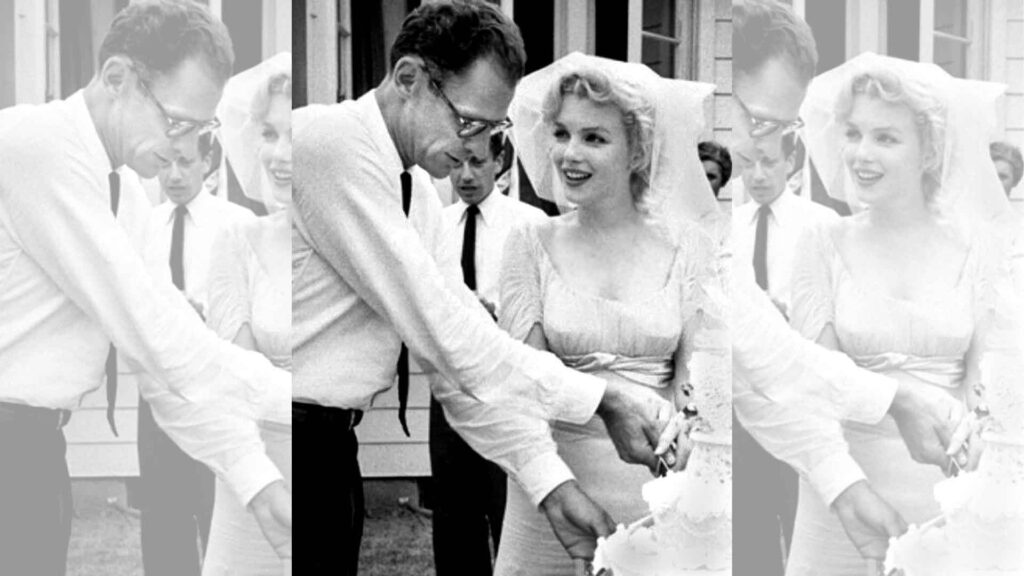Imagine a world where a renowned playwright falls for a Hollywood starlet. This was the story of Arthur Miller and Marilyn Monroe. Their union seemed improbable to the public eye: Miller, the intellectual force behind plays like Death of a Salesman, and Monroe, the quintessential sex symbol of the 1950s.
Yet, in this unlikelihood, Miller found a deep sense of “appropriateness.” It was a relationship that crossed the boundaries of societal expectations, blending the allure of Hollywood with the depth of literary New York.
When Hollywood Meets Literature
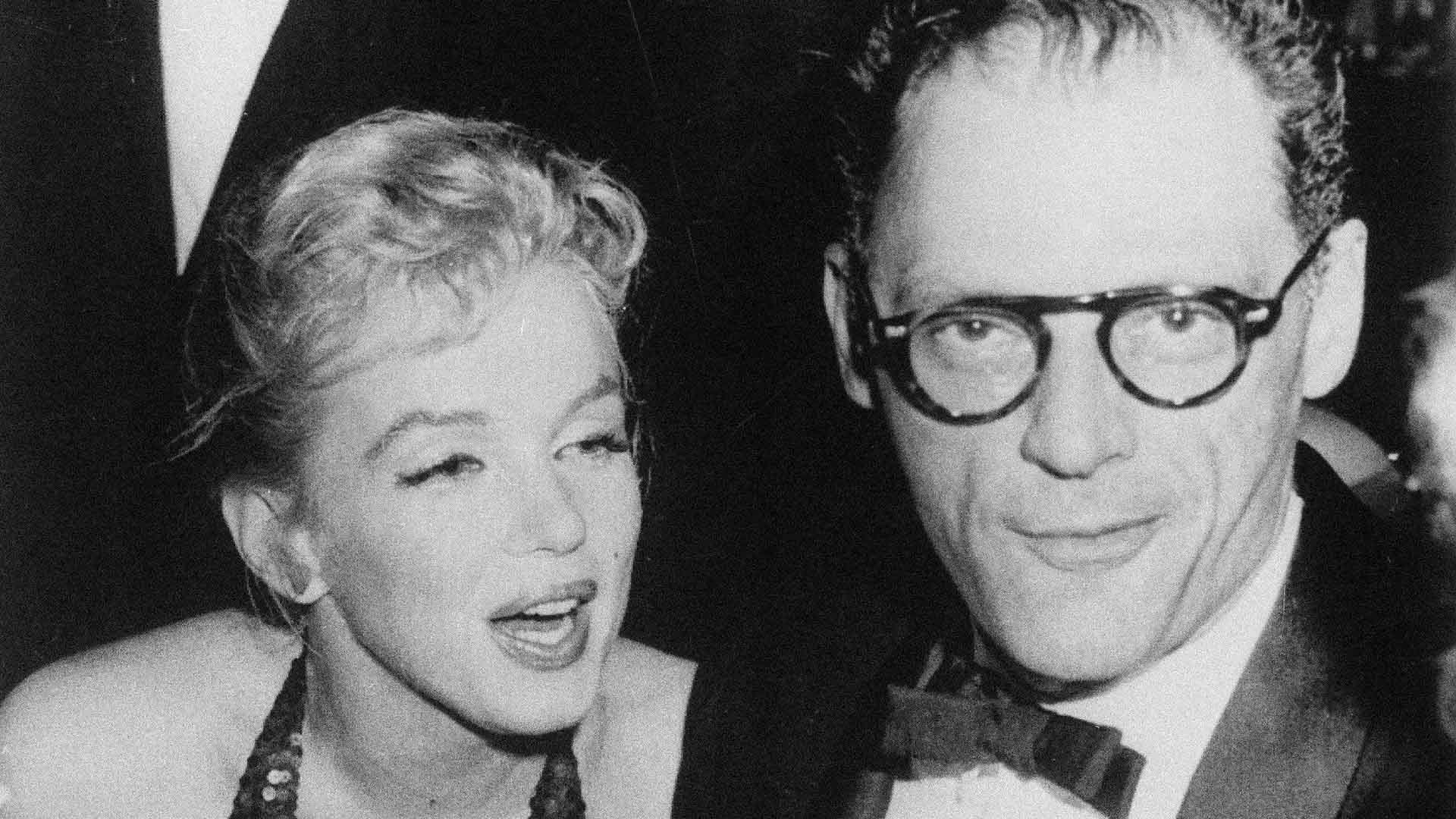
Their story began in the early 1950s in Los Angeles. Monroe, known for her roles in The Asphalt Jungle and All About Eve, met Miller through director Elia Kazan.
Miller, already celebrated for his Pulitzer Prize-winning work, saw in Monroe more than her screen persona. He recognized a shared vulnerability and depth, an unexplored dimension behind her glamorous image.
Seeing Beyond the Spotlight
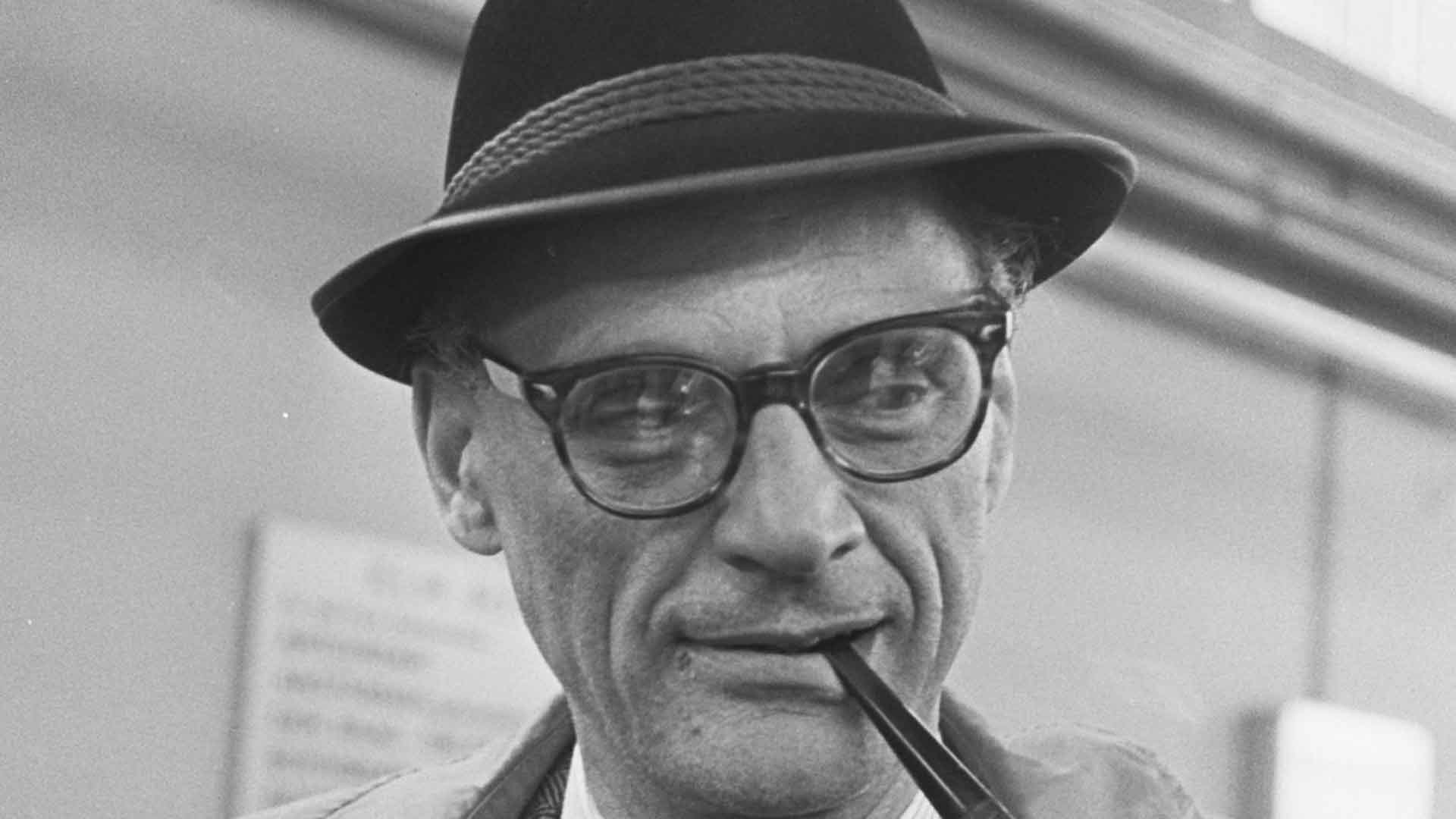
To Miller, Monroe wasn’t just a movie star; she was a kindred spirit. He perceived the real Norma Jean behind the Marilyn Monroe façade, understanding her struggle against the simplistic image crafted by the press.
This connection was not superficial. It was rooted in mutual recognition of each other’s inner complexities and unspoken narratives. As much as it may not have made sense from an outside perspective, Miller saw it differently, stating, “The very inappropriateness of our being together was, to me, the sign that it was appropriate.”
Monroe’s Struggle for Recognition

Monroe’s life was far from the glittering lights of Hollywood. She grappled with a traumatic childhood, bouncing between orphanages and foster homes. Her journey in Hollywood was a fight for respect, battling the typecast of just a pretty face.
Miller’s entry into her life represented a beacon of stability and understanding, something Monroe had longed for amidst the chaos of her life.
An Affair in the Shadow of McCarthyism

Miller and Monroe’s romance blossomed amidst personal and political turmoil. As they navigated their respective marriages and careers, Miller faced allegations of communist sympathies, putting him under the harsh spotlight of McCarthyism, which was rampant at the time, especially in the inner workings of Hollywood.
Monroe stood by Miller, her support during his trial for contempt showcasing the depth of their bond against societal pressures.
Cultural Clash and Union

The couple’s marriage in 1956 was a fusion of two disparate worlds. They first wed in a civil ceremony, followed by a Jewish wedding, reflecting Monroe’s commitment to Miller’s heritage.
Miller saw Monroe as a serious, profound person, contradicting public perception. “The great thing about her for me was that the struggle was valiant,” Miller wrote in his autobiography. Their marriage was a statement against the norms of their respective worlds.
A Marriage under the Magnifying Glass
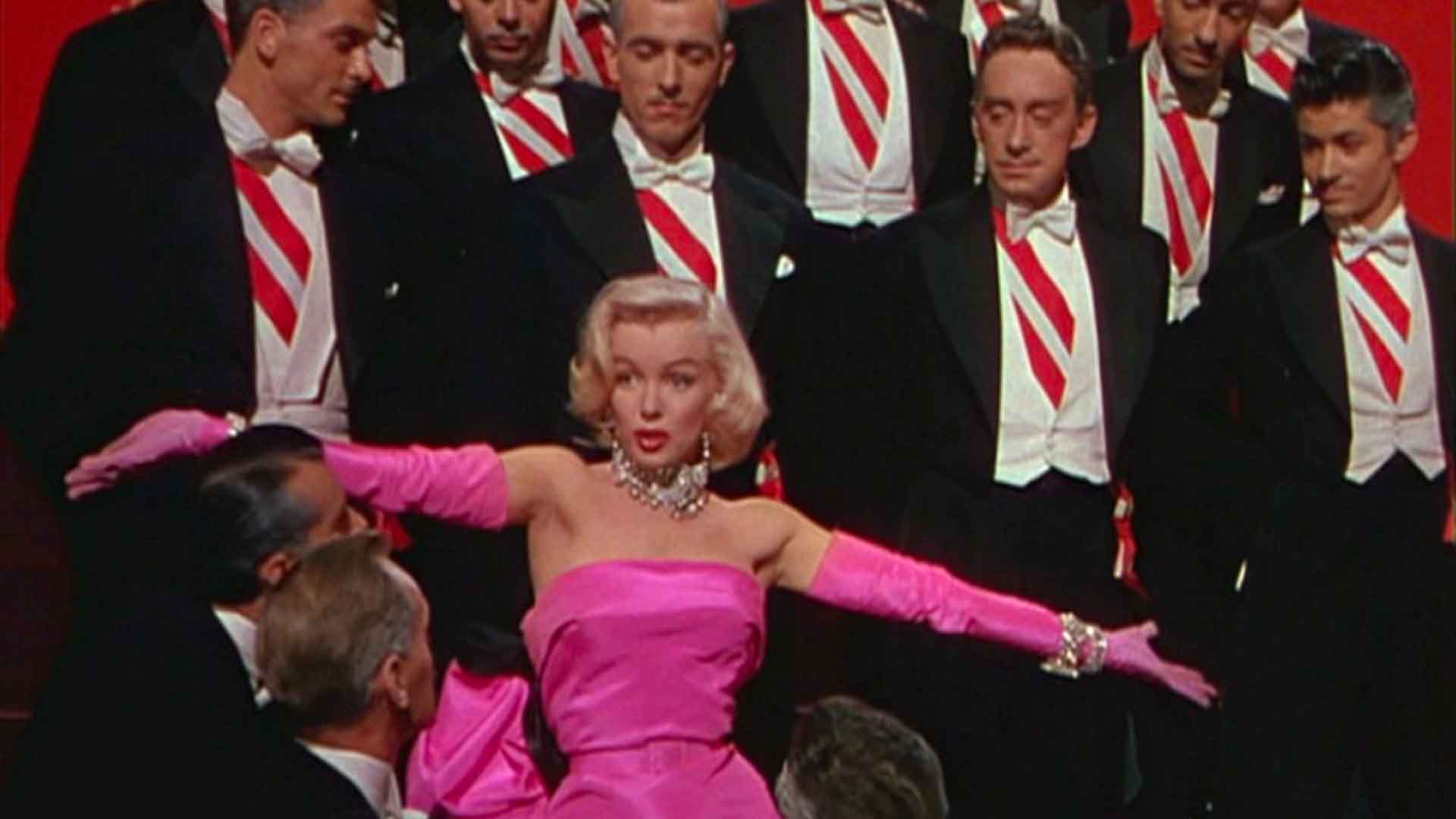
Life together brought challenges. Monroe’s struggle with addiction and the couple’s desire for children were met with heartbreak.
Miller’s desire for a reduced film schedule for Monroe to focus on being a wife highlighted the tension between her career and personal life, a point of contention that hinted at deeper issues in their marriage.
‘The Misfits’: A Symbolic Crossroad
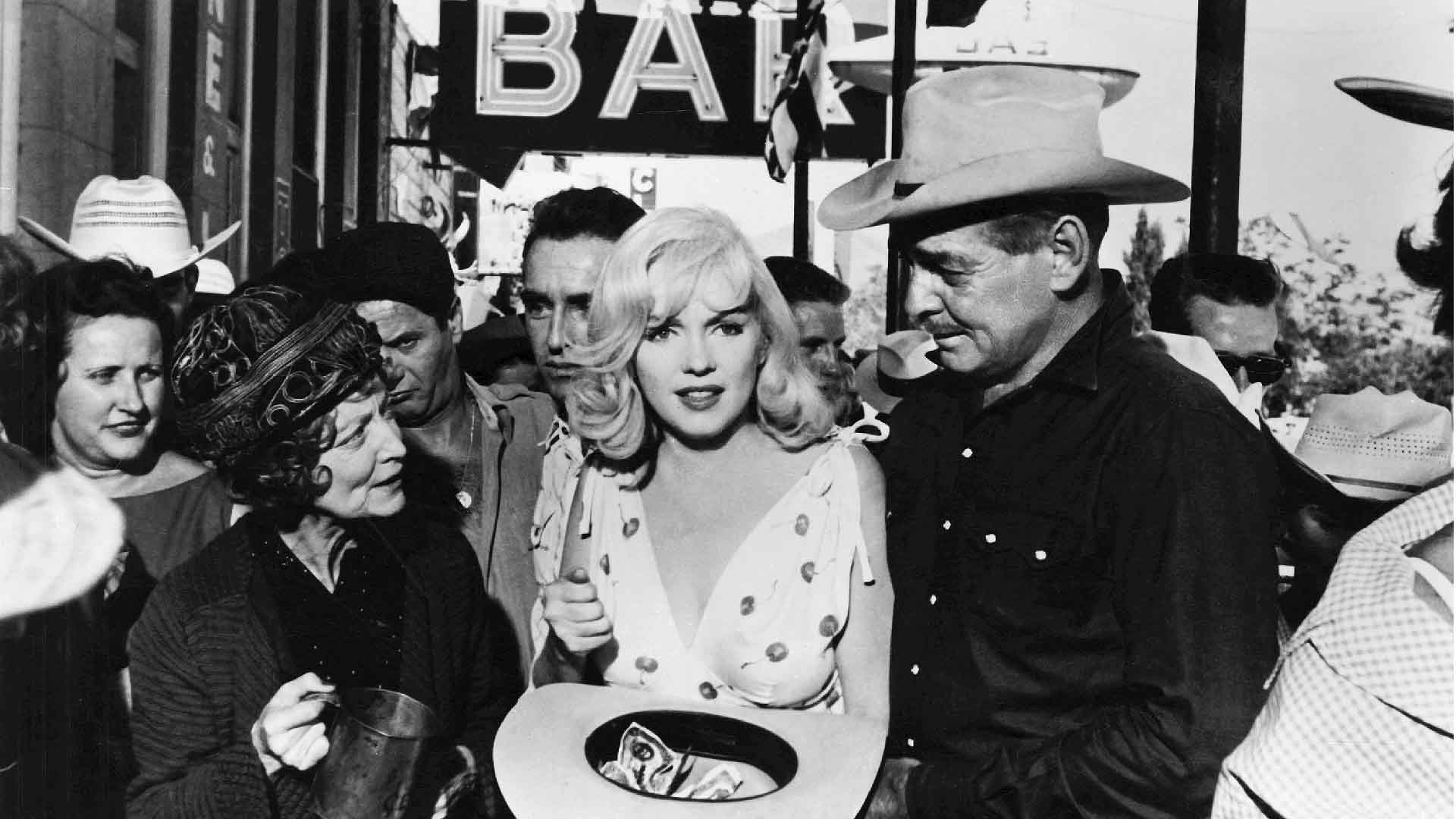
The production of The Misfits in 1961 marked a pivotal moment in their relationship. Written by Miller, it was meant to showcase Monroe’s acting prowess.
However, the Nevada desert’s harsh conditions and Monroe’s worsening drug use strained their already fragile marriage. The film, symbolic of their troubled union, mirrored the tumultuous nature of their relationship.
The End of a Storied Love
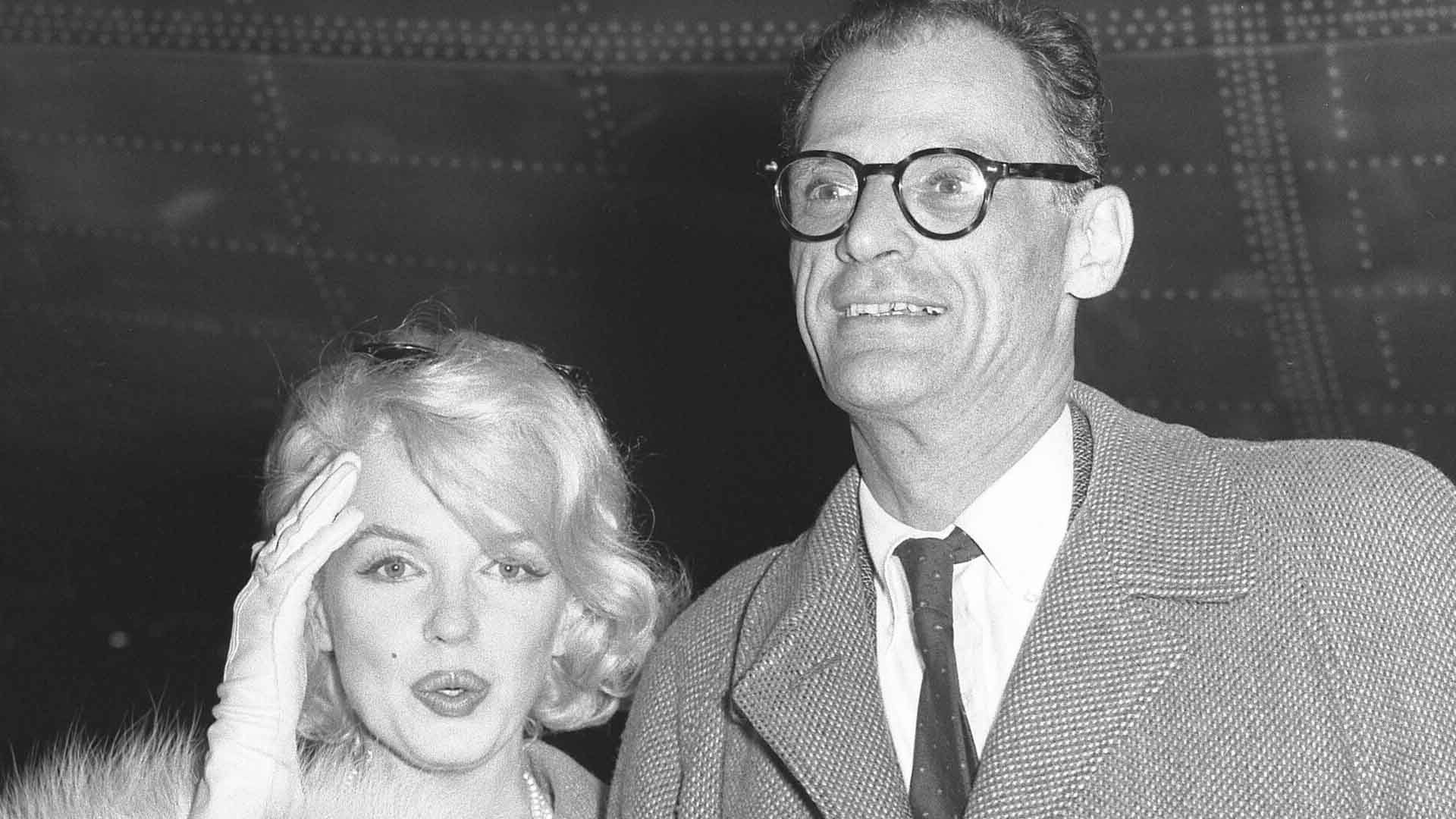
In less than five years, the marriage that had captivated the world came to an end. Their divorce, attributed to “incompatibility,” closed a chapter of a union that had defied expectations.
It was a poignant end to a relationship that had managed to merge two very different worlds into one, albeit not without struggle.
Marilyn’s Tragic Demise
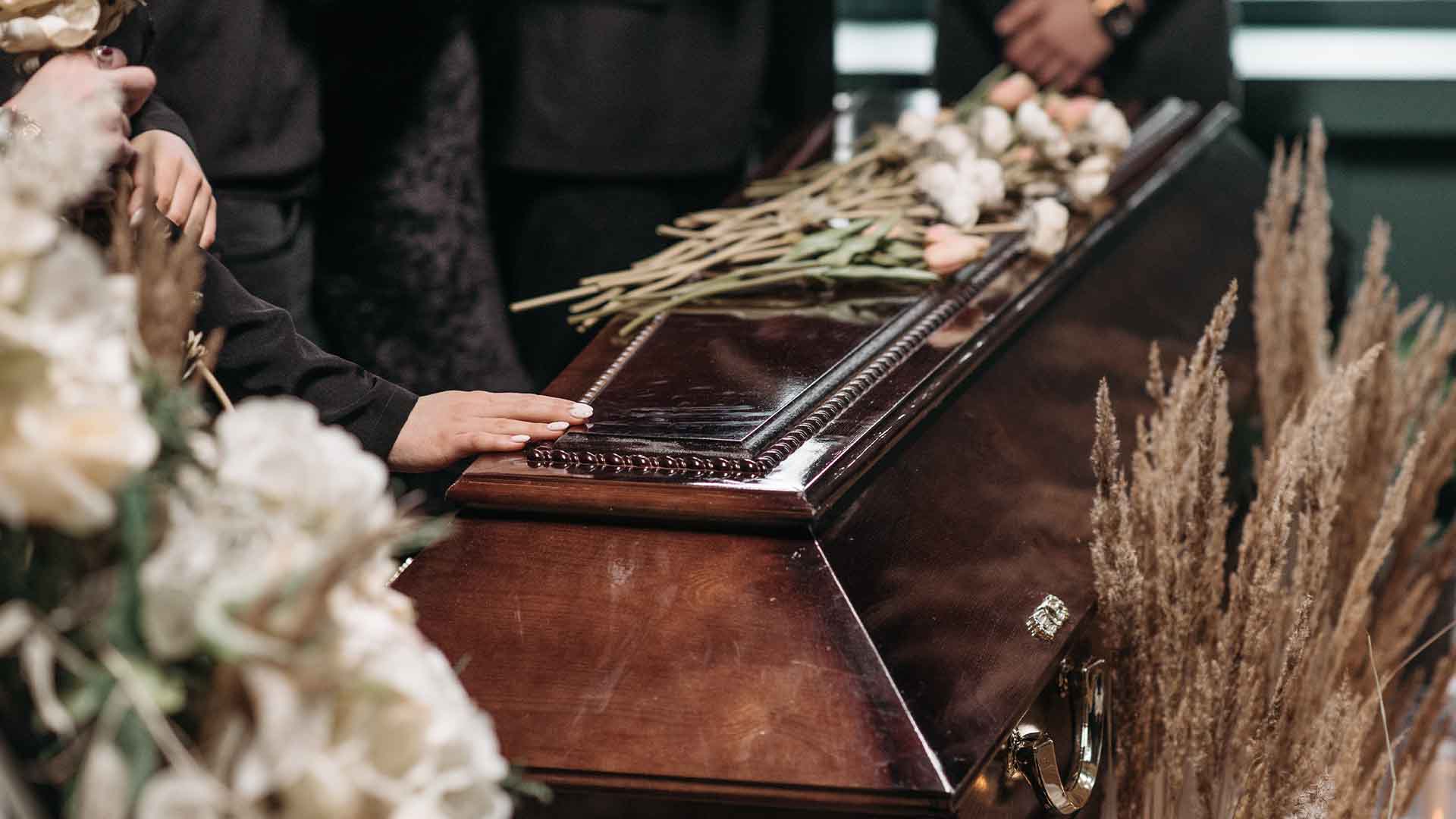
Monroe’s life took a tragic turn following their divorce. Her struggle with personal demons led to her untimely death in 1962 at the age of 36.
Miller’s reflection on their relationship was filled with a mix of fondness and sorrow, highlighting the complexity and intensity of their bond.
A Legacy of Unconventional Love

The story of Miller and Monroe remains a fascinating tale of love against the odds. It challenges the norms of who should be with whom, representing a bold defiance of societal expectations.
Their relationship, though full of challenges, continues to inspire conversations about love, identity, and the courage to defy conventions.
“The Best of Times, the Worst of Times”

In his autobiography, Miller described his time with Monroe as “the best of times, the worst of times.” Their relationship was a journey through the heights of passionate love and the depths of personal struggle.
It serves as a reminder of the complexities of love, especially when it occurs between two people from vastly different worlds. Their story, a blend of glamour and behind-the-scenes intellect, continues to captivate and intrigue, showing the unpredictable nature of love.


